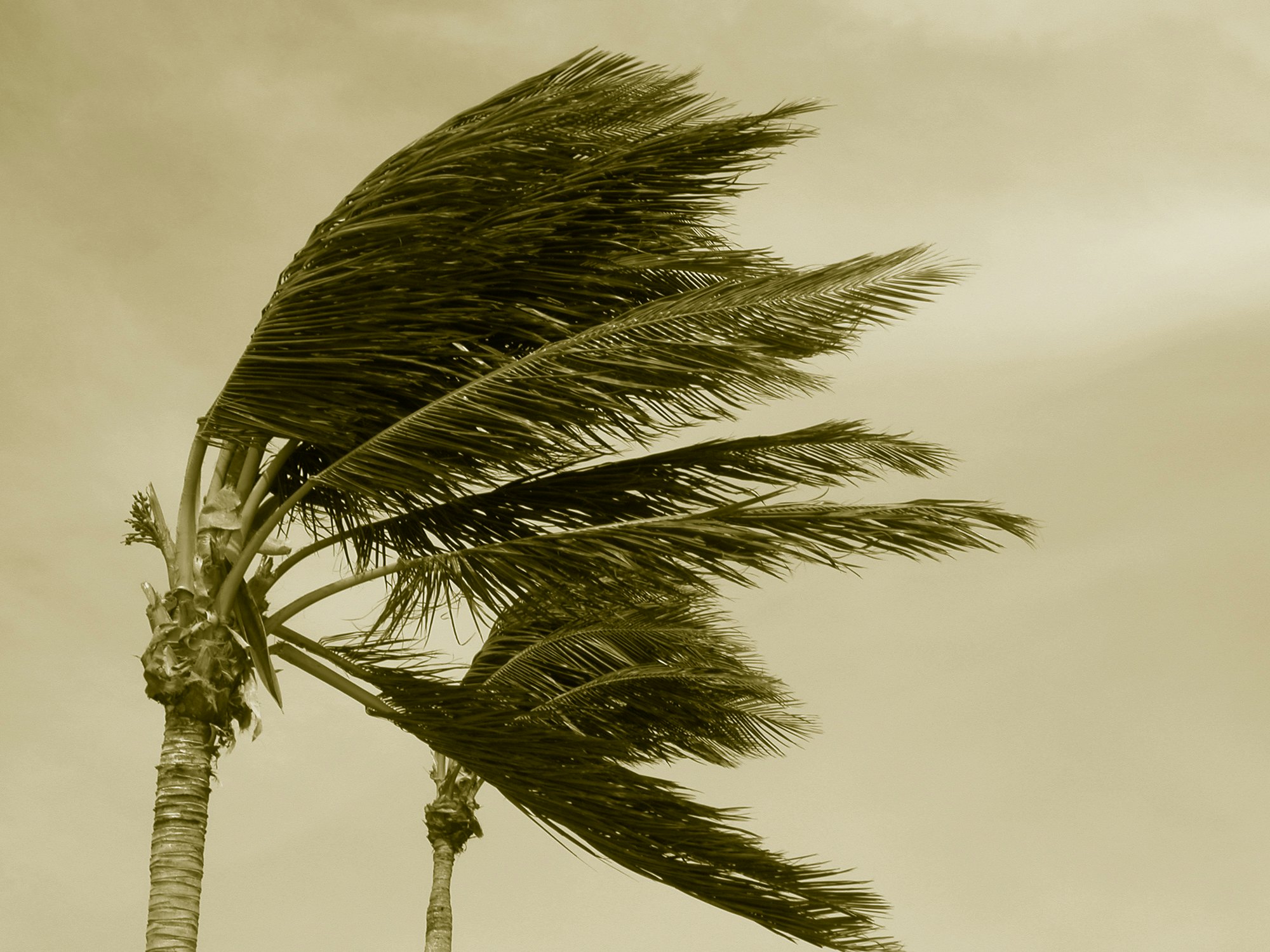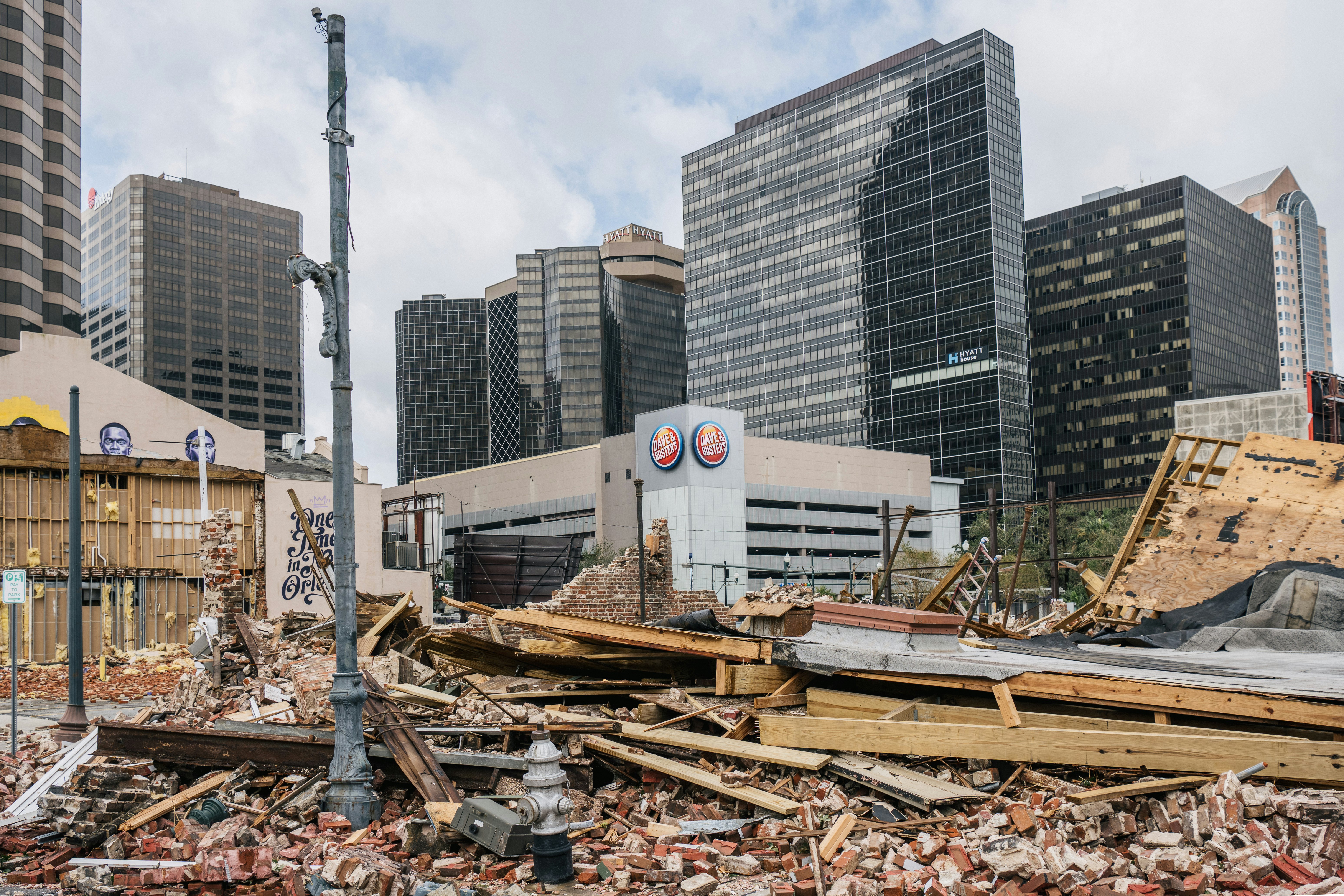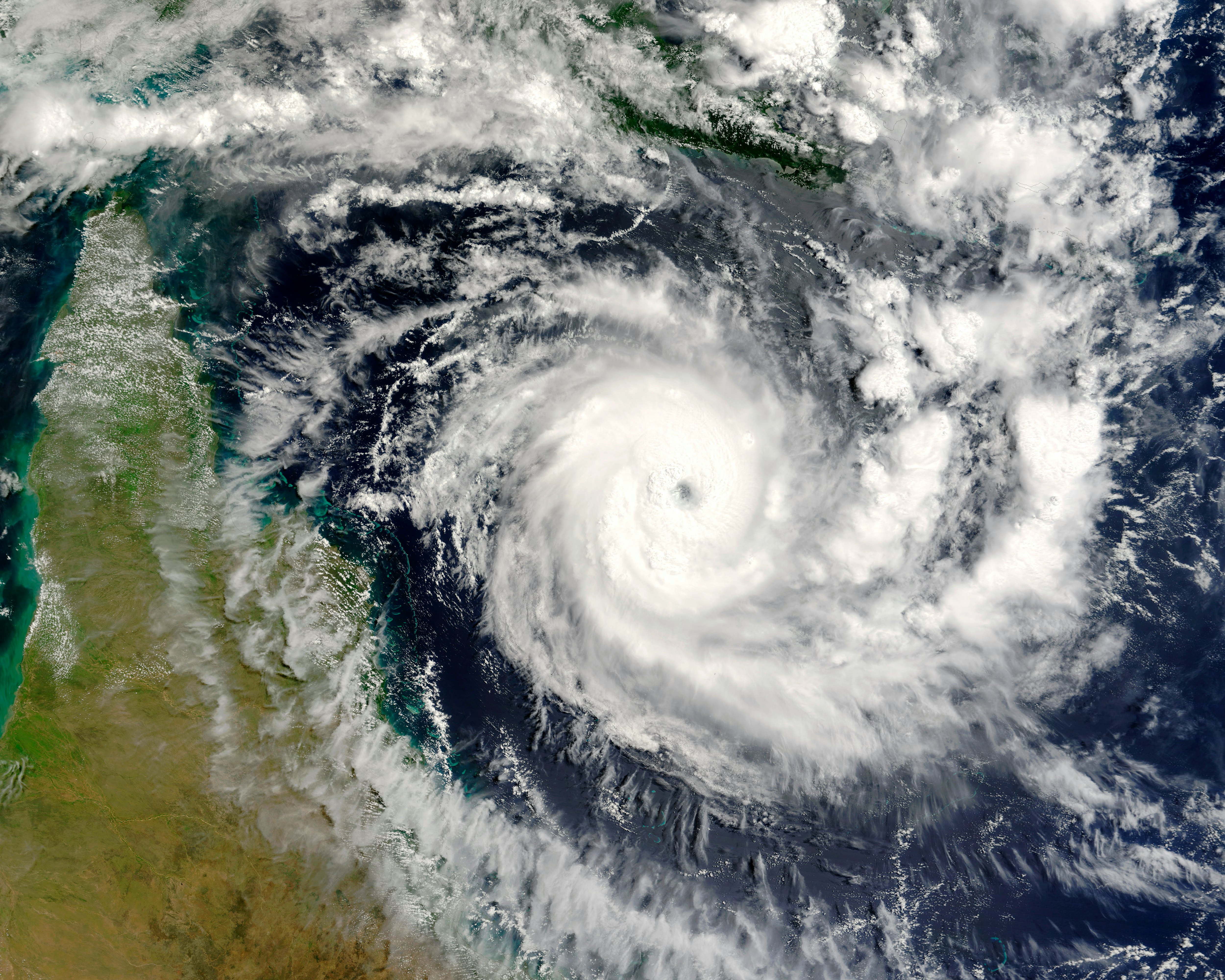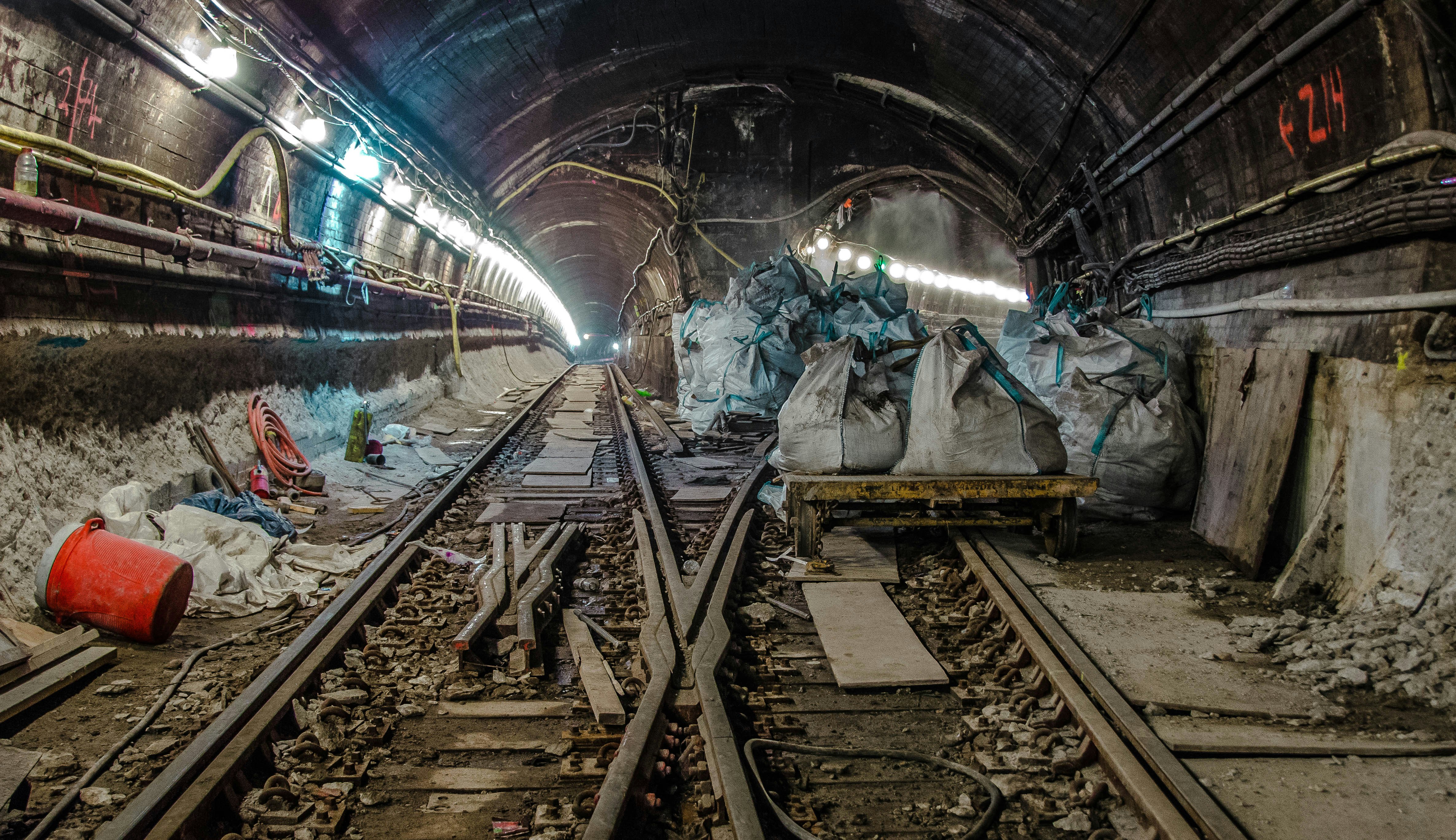
Hurricane Ida hammered the Gulf Coast when it made landfall in Port Fourchon, Louisiana on Sunday morning, reaching gusts of up to 150 miles per hour.
One of the most powerful storms to ever strike the mainland United States, the Category 4 hurricane has subsequently spurred heavy rains and flash flooding in the New Orleans metropolitan area. Thousands struggled to flee their homes, causing President Biden to declare a “major disaster” in the state.
By Monday, it was recategorized as a tropical storm. It’s left more than 1 million people in Louisiana without power.
Ida made landfall exactly 16 years after the date that Hurricane Katrina struck New Orleans, which lead to more than 1,800 deaths and caused billions of dollars in damage. While one death has been reported so far as a result of Ida, on Monday, Louisiana Governor John Bel Edwards said the death toll will likely “go up considerably.”

While engineering failures in the design of the state’s levee system exacerbated Katrina’s devastation, hurricanes in more recent years may have been amplified by the climate crisis, scientists suggest.
In this article Inverse explains:
- The scientific relationship between hurricanes and the climate crisis
- How cities can prepare for future storms
- What you can do when preparing for a hurricane
What does climate change do to hurricanes?

On Monday, a 2019 Twitter thread by Katherine Hayhoe, the chief scientist at the Nature Conservancy, was reshared in the context of Hurricane Idea.
Hayhoe argues that the question we shouldn’t be asking is whether climate change causes hurricanes. Instead, the question we should be asking is: “How much worse did climate change make it?"
Let’s back up: The climate crisis causes global temperatures to rise. The world’s oceans absorb most of these excess greenhouse gas emissions. As a result, oceans are becoming warmer on average and sea levels are rising.
These warmer oceans are increasingly being linked to more intense superstorms and hurricanes. The Environmental Protection Agency (EPA) writes: “warmer waters may promote the development of stronger storms in the tropics.”
Scientists can track just how clearly climate change is worsening the severity of hurricanes. A 2017 study found human-induced climate change increased the amount of precipitation during Hurricane Harvey by 37.7 percent. Hurricane Harvey was a Category 4 hurricane that made landfall in Texas, causing $125 billion in damages.
When meteorologist Bob Henson retweeted Hayh’s thread on Monday, he added that Ida displays three characteristics of how the climate crisis influences hurricanes.
- Creating warmer oceans
- Rapidly intensifying storms
- A greater likelihood of Category 4/5 storms
Are hurricanes becoming more frequent?
Climate change isn't necessarily making hurricanes more frequent. A 2017 report found there was “no discernable trend in the global number of tropical cyclones from 1985 to 2014 or from 1990 to 2014.”
Instead, climate change’s impact on hurricanes seemingly has more to do with increasing severity — not frequency — according to science.
The Center for Climate and Energy Solutions writes:
“... scientists are uncertain whether climate change will lead to an increase in the number of hurricanes, there is more confidence that warmer ocean temperatures and higher sea levels are expected to intensify their intensity and impacts.”
However, rising global temperatures do mean that extreme weather events, like storms and heatwaves, are more likely to become more frequent overall.
Is climate change making hurricanes worse?
In short: yes. The landmark Sixth Assessment Report by the United Nations Intergovernmental Panel on Climate Change (IPCC), published in August 2021, found climate change has “strengthened” the severity of extreme weather events, including “tropical cyclones.”
The report further finds that the proportion of more severe (Category 3-5) cyclones increased over the last four decades.
Further global warming in the future threatens to exacerbate the risks of intense cyclones. In a summary of the IPCC report for policymakers, the UN writes that “heavy precipitation associated with tropical cyclones is projected to be higher at 2°C compared to 1.5°C global warming.”
A 2021 report by National Oceanic & Atmospheric Administration has even more alarming details, noting that an increase in 2 degrees Celsius in warming would also increase:
- Average rainfall associated with tropical cyclones by 10-15%
- The intensity of tropical cyclones by 1 to 10 percent
- The number of more intense Category 4/5 storms
In other words: if we fail to take action to prevent global temperatures from rising 2 degrees Celsius above pre-industrial levels, tropical cyclones and superstorms will become even worse, causing significant human suffering.
Does climate change cause floods?
The links between the climate crisis and more pronounced drought are well-known, but what about the connection to increased flooding?
According to a UN summary of the recent IPCC report, global warming is linked to increased flooding in two ways:
- Intensifying the global water cycle: This means “more intense rainfall and associated flooding, as well as more intense drought in many regions” according to a summary of the report.
- Rising sea levels throughout the 21st century: Rising sea levels are irreversible throughout the next century, “contributing to more frequent and severe coastal flooding in low-lying areas and coastal erosion” according to the report summary. Rare, once-in-a-century events may become annual occurrences as a result of the climate crisis, the report suggests.
This affects more than coastal areas: According to the Environmental Protection Agency, climate change has been linked to increased river flooding in parts of the Pacific Northwest and the Northeastern U.S.
Another recent report found that heavy rainfall — the sort which led to the floods that killed more than 200 people in Germany and Belgium earlier this summer — is becoming more frequent as a result of human-induced climate change.
How can cities prepare for superstorms?

In LaPlace — a township in St. John’s Parish along the Mississippi River — many residents were trapped on their roofs and in their homes, tweeting for urgent help on Sunday night.
On Sunday, Josh Lewis, a research director at the ByWater Institute at Tulane University, tweeted that LaPlace had begun breaking ground on a new levee system only last month, highlighting the importance of long-term, early preparation to safeguard against hurricanes.
It took only 74 hours for Ida to turn from a tropical depression into a Category 4 hurricane. As climate crisis rapidly strengthens superstorms and increases flooding, proactive planning by cities will be crucial. There are four things cities can do right to prepare for a world of intense, climate-change-driven superstorms:
1. Ready cities’ electrical grids
Above-ground power lines are increasingly at risk during hurricanes, which can cause power lines to snap due to high wind gusts. Utility companies should work to trim trees near above-ground power lines, which may fall and cause power outages during extreme weather events, according to a 2017 Congressional Research Service report.
But states may need to do more to protect vulnerable communities from the loss of power. In 2020, the state of Florida launched a pilot program to place transmission lines underground, reducing their vulnerability to hurricanes.
2. Prepare aging infrastructure for increased flooding
In 2016, the city of Tampa approved a $250-million measure to ready the city’s stormwater, water pumping, and drainage systems, in order to protect residents from flooding — and in light of reports suggesting sea levels will rise 8.5 feet by 2100.
3. Invest in green, resilient infrastructure
As urban flooding increases in China, the government is increasingly calling for “sponge cities” that use nature-inspired approaches to retain rainwater. In recent years, researchers have suggested that artificial sea walls and storm barriers will not be enough to prevent future flooding, advocating for the development of “living shorelines” in the form of water-absorbing salt marshes and mangrove trees.
4. Limiting further development in areas prone to storm surges
In a 2020 interview with the Tampa Bay Times, Mobility Director Vik Bhide suggested cities will have to limit coastal development to mitigate the impacts of flooding on local residents.
But despite the rising flood threat to coastal areas, cities and government agencies continue to incentivize development in flood-prone areas. In a 2009 Washington Post op-ed, disasterologist Samantha Montano writes: “for every $100 the Federal Emergency Management Agency has spent to rebuild flooded homes, it has allocated only $1.72 to move people and buy out their properties.”
What can I do to prepare for a hurricane?
If you live in a hurricane-prone area, it’s important that you take steps to prepare to evacuate in advance of a storm. Ready.gov offers a list of steps you should take, including:
- Keeping your phone charged
- Download the FEMA app to receive alerts from the National Weather Service
- Knowing your evacuation routes
- Preparing an evacuation plan in advance
- Checking in with neighbors, especially elderly and disabled individuals
- Readying your important documents and medications
- Stocking up on essential supplies year-round







